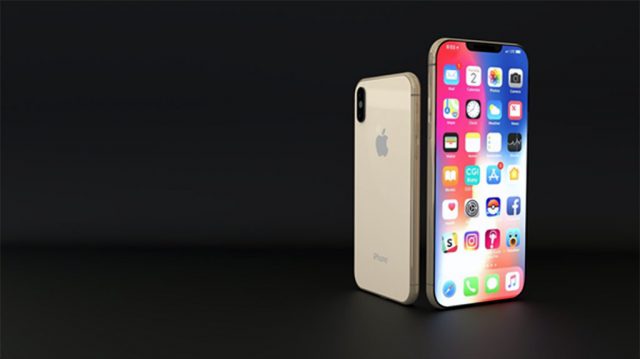
This year’s iPhone line up has some special features
The brand new OLED screen is undoubtably the major benefit, most iPhone users will talk about, when they pick up their 2018 Apple phone. It’s a major improvement over the backlit LCD screens Apple have used for years. OLED is brighter and shows colors better. It’s the interface to the device and OLED is a far more engaging interface for the product. Some would say Apple should have upgraded their screens some time ago!
Behind the scenes, however, this year’s iPhones contain some ‘enablers’ which are likely to help the Apple ecosystem to flourish in the years ahead. Although these features hardly made it to the keynote speech in which Tim Cook (Apple’s CEO) talked everyone through the new aspects of the new iPhone, my view is that they may be the most important components in years to come.
Here’s what you really need to know about this year’s iPhones.

The key to Apple’s iPhone future is Artificial Intelligence
If this year’s iPhone stands out for one reason, (apart from that screen) it’s for the Artificial Intelligence capabilities they are building in to them. Apple upgraded the ‘Bionic Chip’ they installed in to last year’s models. This component is now included in an ever growing number of ‘cores’ in the phone.
Apple are splitting tasks across multiple processing cores – using a GPU (Graphical Processing Unit) for image related functions, standard CPU (Central Processing Unit) cores for mathematical tasks and the Neural Network facilities enabled by the Bionic Chip. This approach means Apple have achieved the unachievable, an iPhone which is both faster to use and has a battery which lasts longer. (Apple believe the XS and XS Max will benefit from a battery improvement of between 30 minutes and one hour.)
Apple’s decision to open up this year’s Bionic Chip to their developer partners underscores the importance of AI, and the investments being made in all these processors, to the future of the iPhone. When Apple’s ‘ecosystem’ takes full advantage of AI to personalize the services your iPhone delivers, improve the performance of Siri in understanding what you say and in learning the bits of your iPhone you want to use most often, so it can help you find them – Apple will have used this new technology to make their phone better than any Android – the ultimate goal.

The eSIM could generate whole new revenue streams for Apple
An eSIM or ‘Embedded’ SIM is a new technological standard which, in time, is likely to replace the physical SIMs (Subscriber Identification Module) we’ve all been using in phones for the last 25 years. Apple have been nothing short of the driving force behind the new eSIM standard. Without their drive, it is unlikely that we would have seen the eSIM arrive.
Removing the physical SIM component from their iPhones makes the devices smaller, lighter and easier to waterproof. But there’s more to Apple’s motivation than that. Industry insiders suggest that Apple are working behind the scenes to become a network reseller and to disintermediate the phone companies through which they have been selling iPhone hardware for a decade. eSIMs could completely change the way Apple sells iPhones and the revenue streams it gets from them.
Dual SIM capability will drive growth in the developing world and cut customer phone bills
Similarly, Apple have, for the first time this year in these devices added a feature that has been core to Androids, and their success in the developing world – capability. Dual SIMs can be used in any geography (I have a couple of phones with Dual SIMs myself) but they are especially favored in the developing world where budgets are smaller and people manage every penny of their phone plan spend carefully.
Dual SIM phones allow you to have two phone numbers live, in your iPhone at any time, for example, one work phone number and one personal. They also allow you to avoid unnecessary costs – by mixing and matching the components of all the phone plans in market to effectively build your own. For example, if one phone company offers unlimited mobile data but has poor coverage outside city areas, a Dual SIM solution lets you use their service when you’re in a metro region and a different SIM with a different data service when you’re in a more rural area.

Bringing it all together
Apple tend to do things right, rather than quickly, which is why they’ve taken so long to include Dual SIM features in to an iPhone. Dual SIM facility is one of a raft of ‘defensive’ moves which can be seen in this year’s iPhones. More interesting, however, are these stealth maneuvers which set Apple up for success in years hence.
Apple’s Bionic core puts them significantly ahead when it comes to the ability to build and deliver AI, at scale, efficiently (from an on device power management perspective.) The eSIM could literally redefine Apple’s bottom line, cutting phone companies out of the conversation that Apple have with their customers. Dual SIM capabilities will drive growth in to the developing world, including the huge Chinese market, for Apple.
This year’s iPhone launch was a relatively muted affair – but under the hood, these might be the most important generation of Apple phones ever released.







